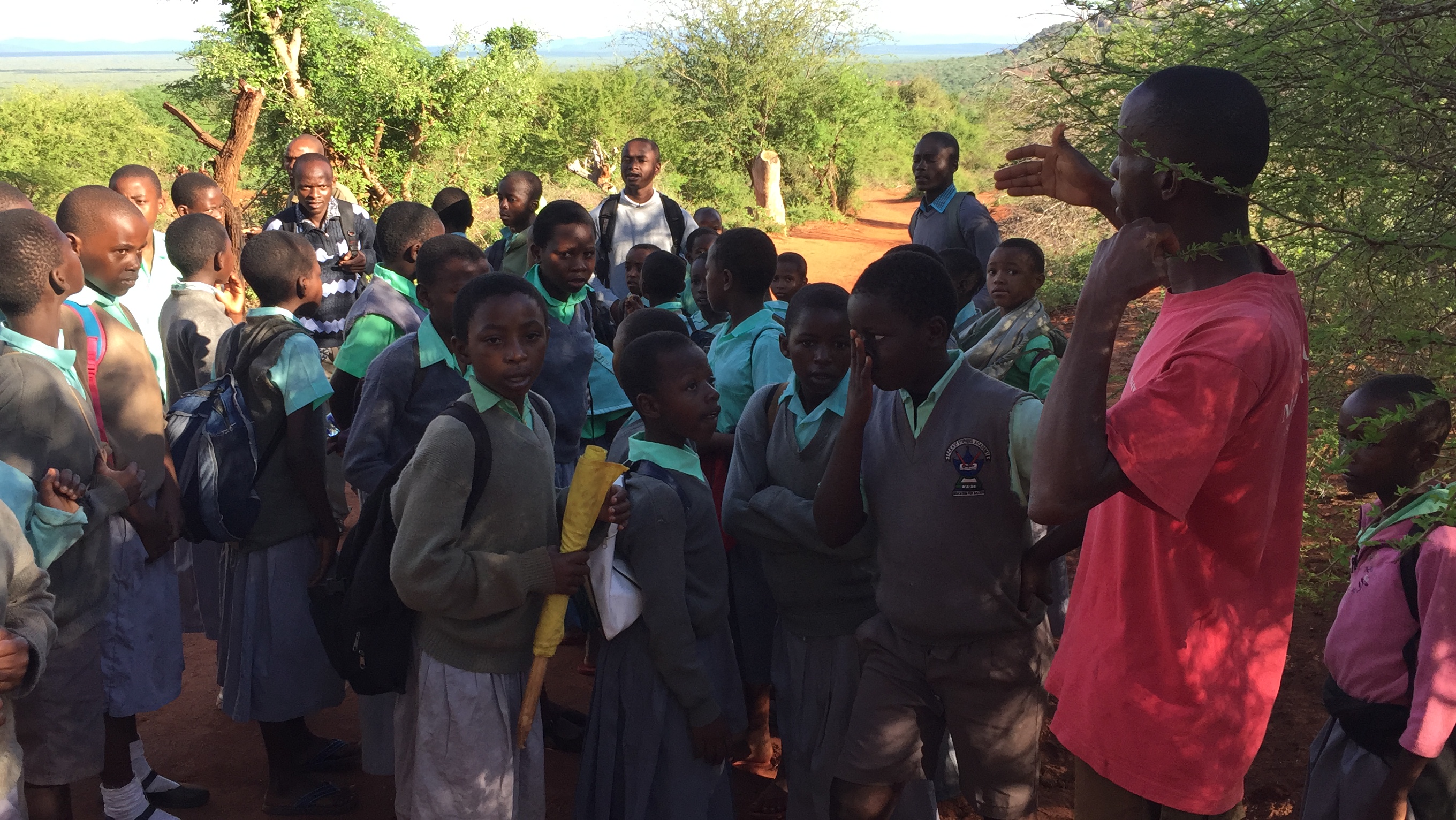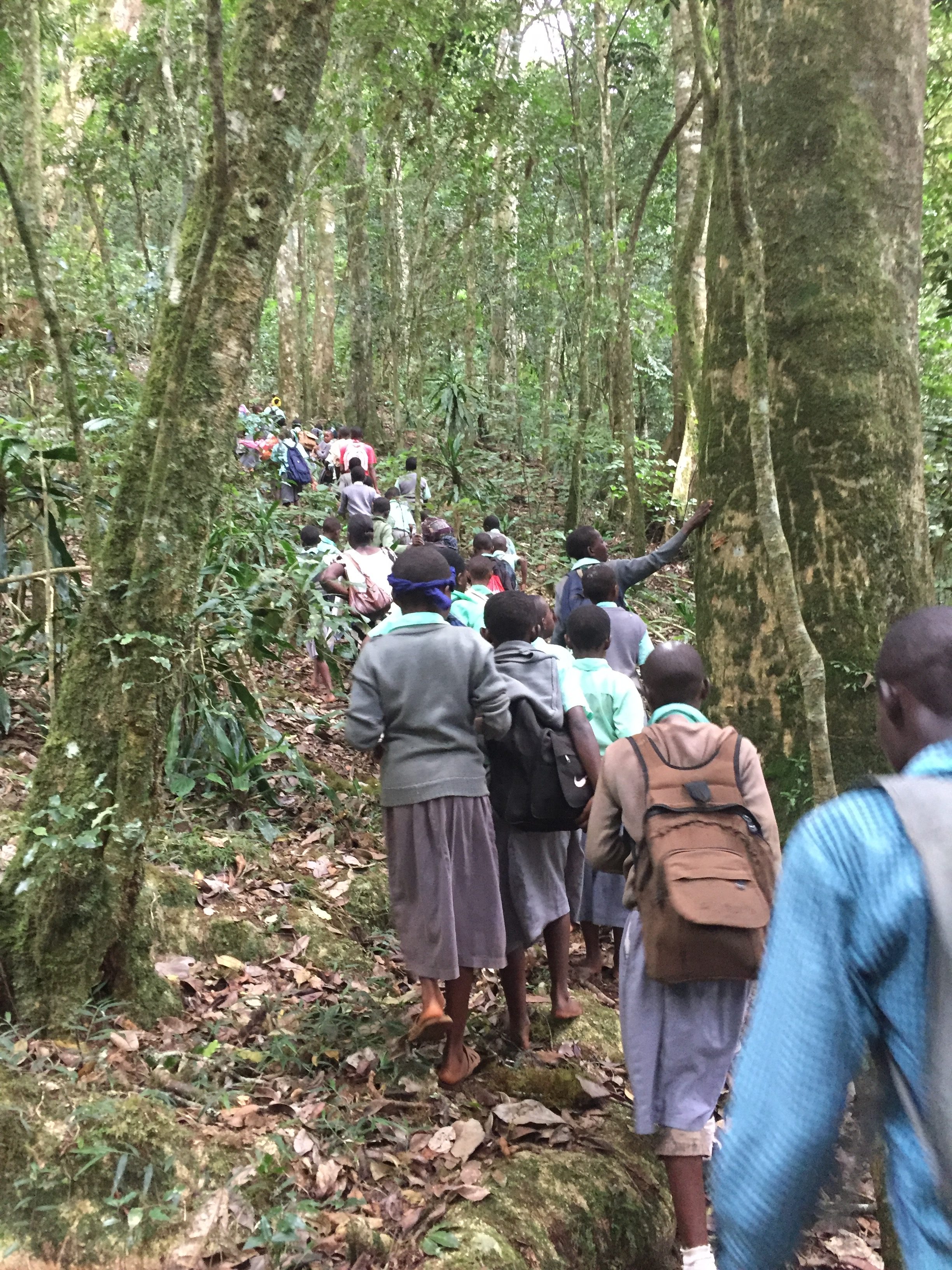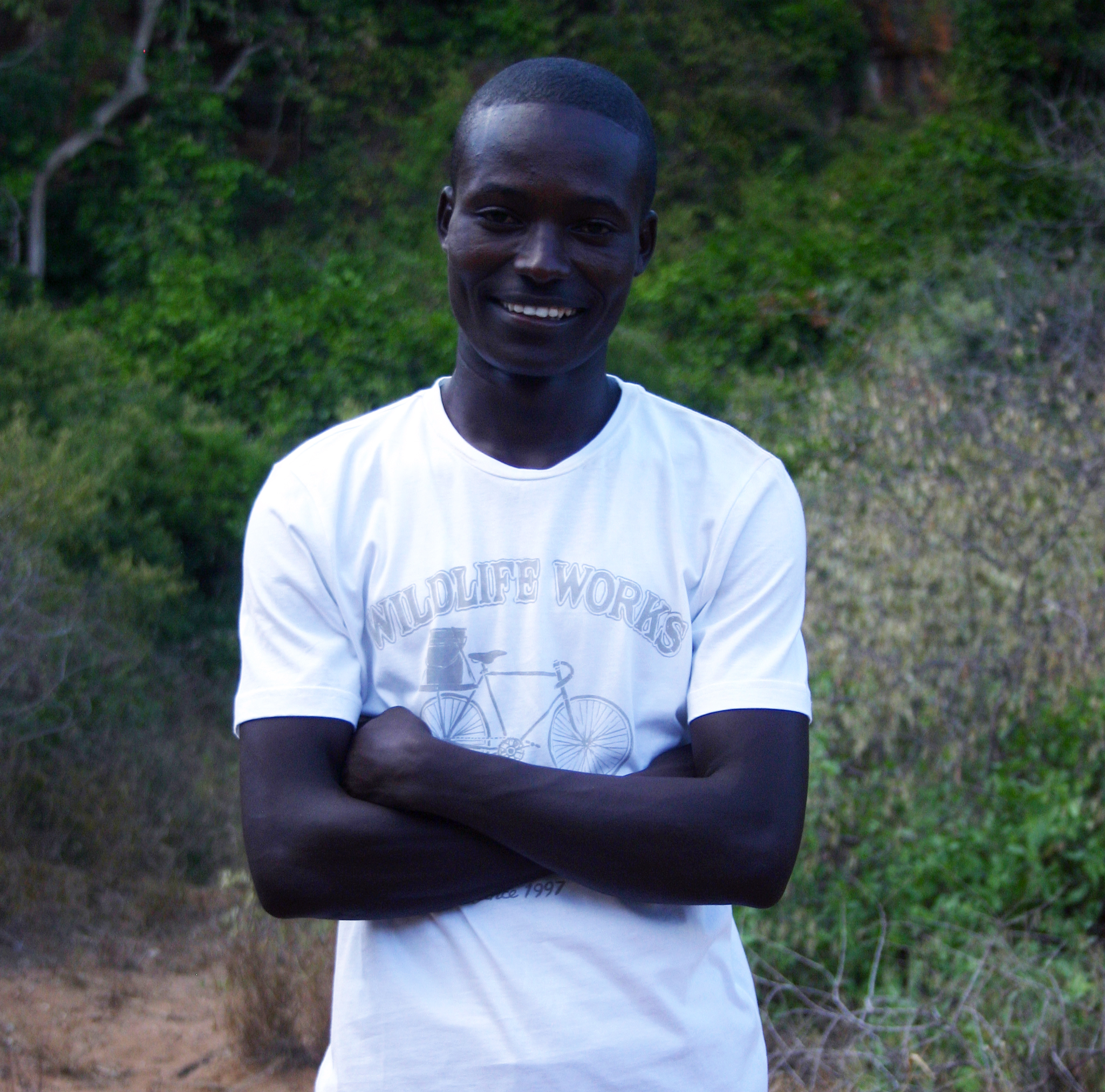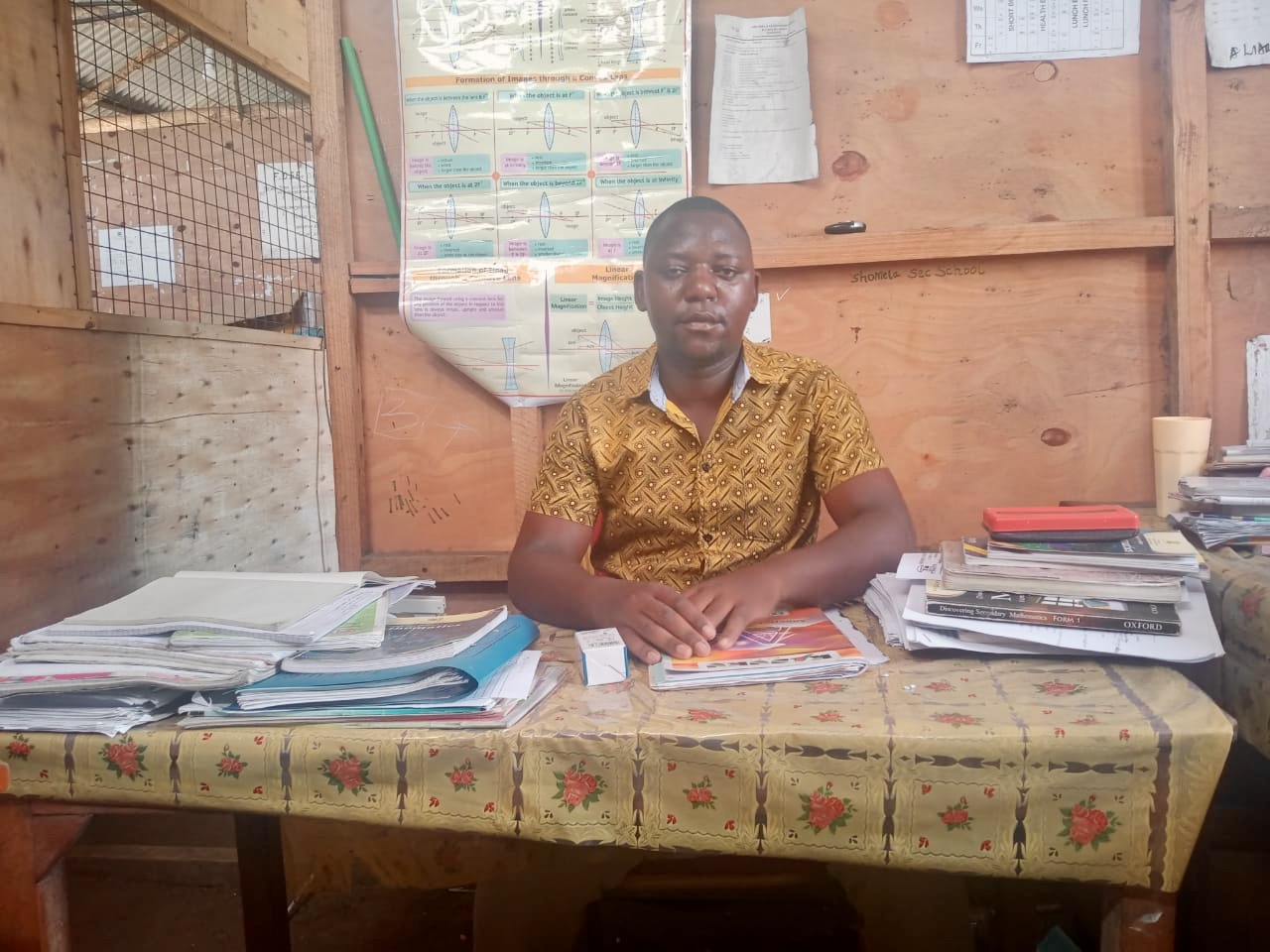
Inspiring Local Kids By Hiking Mountains
Mount Kasigau sits at a moderately impressive 1,640 meters. Compared to Mount Kenya the nears 5,000 meters, this mountain may barely set records as a tough climb. However, heat, elevation difference and either dry or muddy condition make this peak noteworthy.

The Kiteghe Wilderness and Environmental Club does a big trip at the end of every term, three times a year. Big trips like this one are only made possible through funding and support from Wildlife Works who helps supply guides, adult chaperones, snacks, and water for the trip. Any kid aged 12-16 can join the Environmental Club. They hold a capacity up to 45 members and will fill all spaces most of the time. This year, Kiteghe Primary has 43 members.
As part of the Environmental Club, students learn about different fauna and flora, participate in trash clean up days, and work to beautify their school campus with local plants and posters about environmental
awareness.

The morning of the end of term hike was brisk. Many students were wearing sweaters and flip flops eagerly lined up in anticipation of that day’s activity. While the other students would be in school, going about their regular day, these 43 lucky students would get to climb Mount Kasigau, the tallest peak in the region.
Kiteghe Primary is located near the foothills of Kasigau. The mountains are covered in lush green that stands out in contrast to the surrounding red dirt hills. Snacks were distributed, group leaders selected and given colorful flags, and volunteers introduced. Then, without so much of a warning, the whole group was off.
As the path sloped up and we passed through the scrambling hills with large gneiss stones dotting the way, I noticed that many of the kids were wearing slippers or simple rubber flats. Even those with shoes were wearing shoes more appropriate for dancing rather than mountain climbing. Still, the kids did not falter. Rather, they kept up a brisk pace that I wasn’t sure I could keep up with!
There were a few stops along the way – Serpent’s Rock and other rest breaks. The kids didn’t seem tired in the least! As we moved our way further up, the trees became thicker, the paths narrow, the trees smooth and no longer thorny. Soon, we reached an area where the air temperature dropped noticeably, the trees were 20 times taller than us, and the ground covered in decaying leaves.
After quite an uphill climb through slightly damp mud, the teachers asked the kids if they wanted to go to the lower peak or the upper peak. Votes were cast with the cry of a yes.

“Upper peak?” The teacher asked.
“YES!!” The kids shouted in chorus.
“Lower peak?”
Silence.
And so, the group decided to pursue on up, to the highest peak of the mountain. It was a difficult, steep climb, mainly using trees and roots to keep you from sliding back down, crawling on all fours. The kids were getting muddy but laughing anyway.
About 4.5 hours after leaving Kiteghe, we approached the top. The landscape was dotted with bare patches where farms stood. But, as far as the eye could see, we saw green trees. I was amazed at the stark contrast that you see from the road and town. I would’ve never imagined that the land was so green.

After lunch and a group picture, the team headed down, walking barefooted, losing their shoes, sliding down and getting quite dirty! The kids didn’t care. This was their end of the semester treat and the first time climbing Kasigau for many of them.
Exposing youth to nature and letting them be naturally inspired by the beauty and coolness of trees is an effective way to teach kids to care for it. As the saying goes, to teach a sailor to build a boat, you must first teach him to yearn for the sea.




